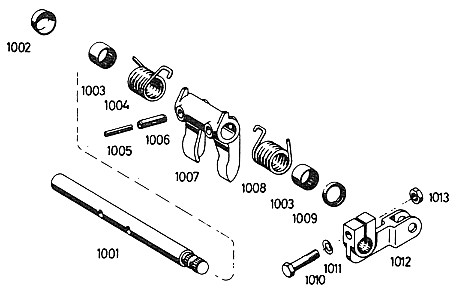Can someone tell me if the external return spring, seen in some photos between the clutch actuation arm and the bellhousing near the slave cylinder, is necessary if the transaxle is the type with two fairly robust return spring coils on the center of the actuation arm shaft, on each side of the throwout bearing?
ZF clutch return spring
- Thread starter toy264
- Start date

